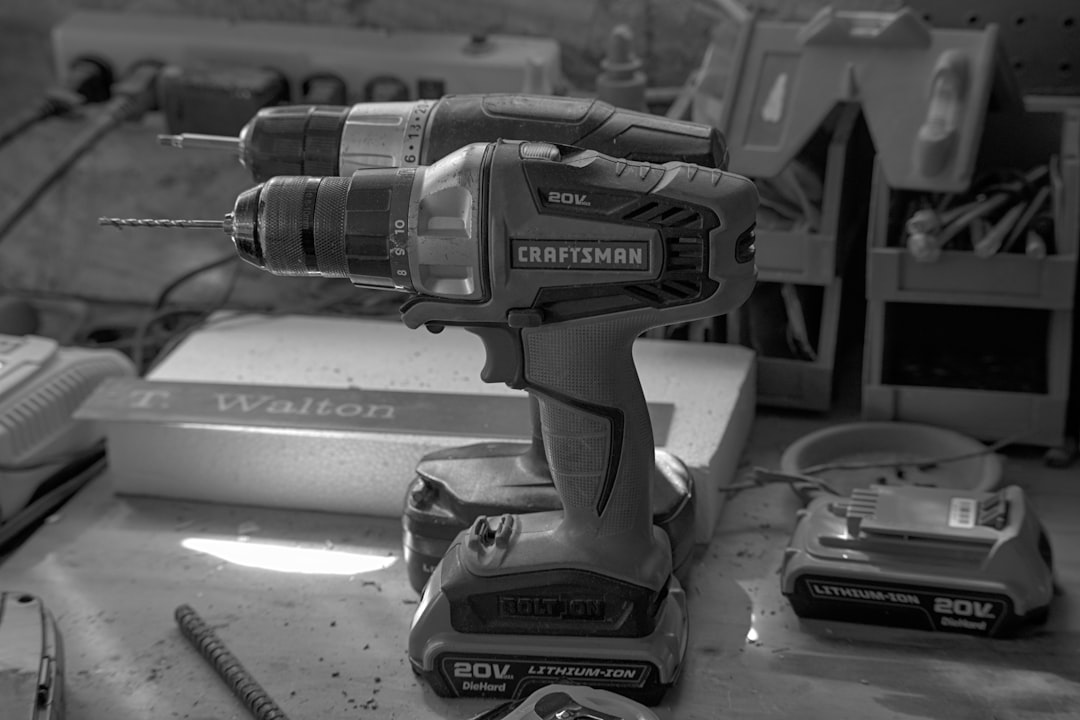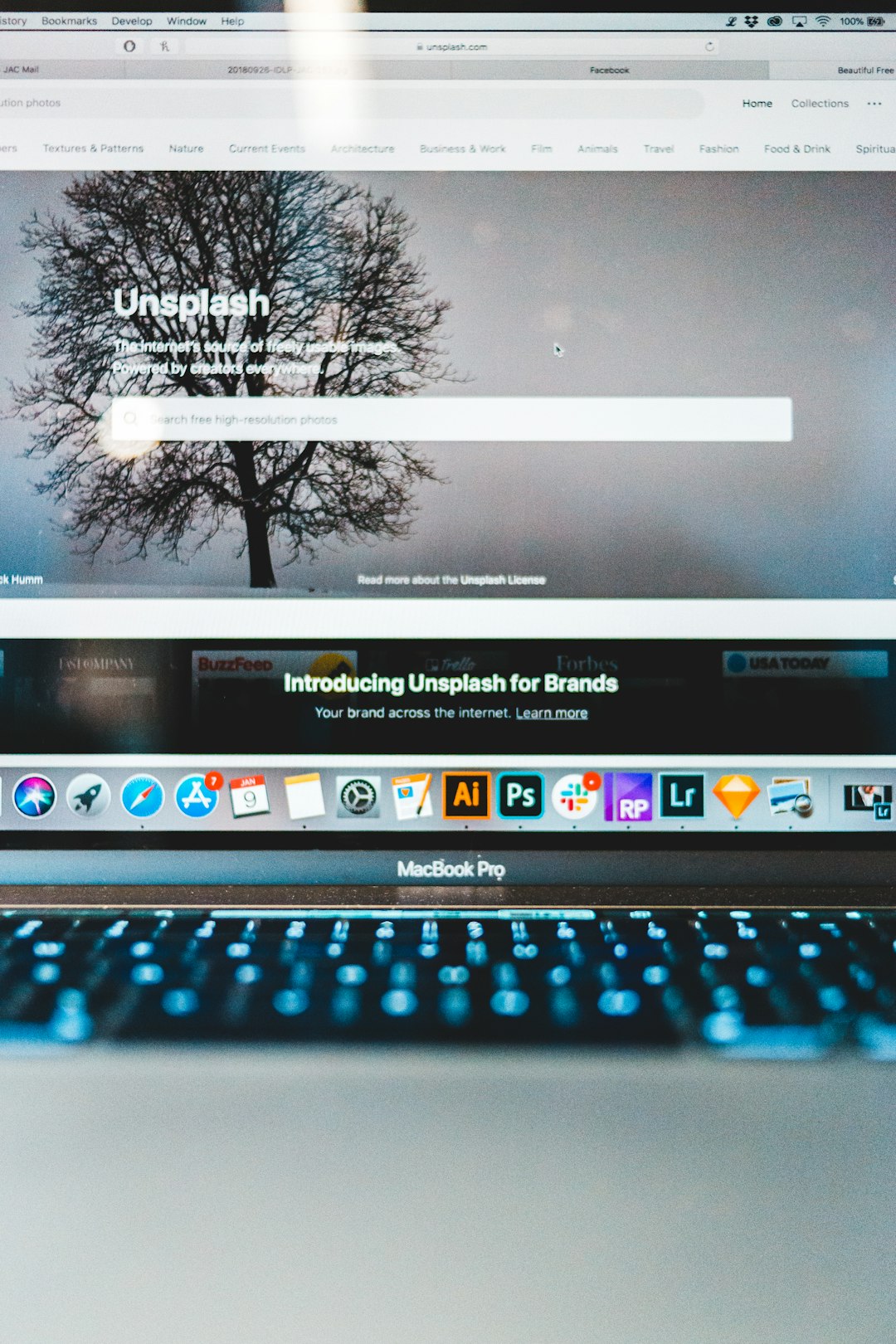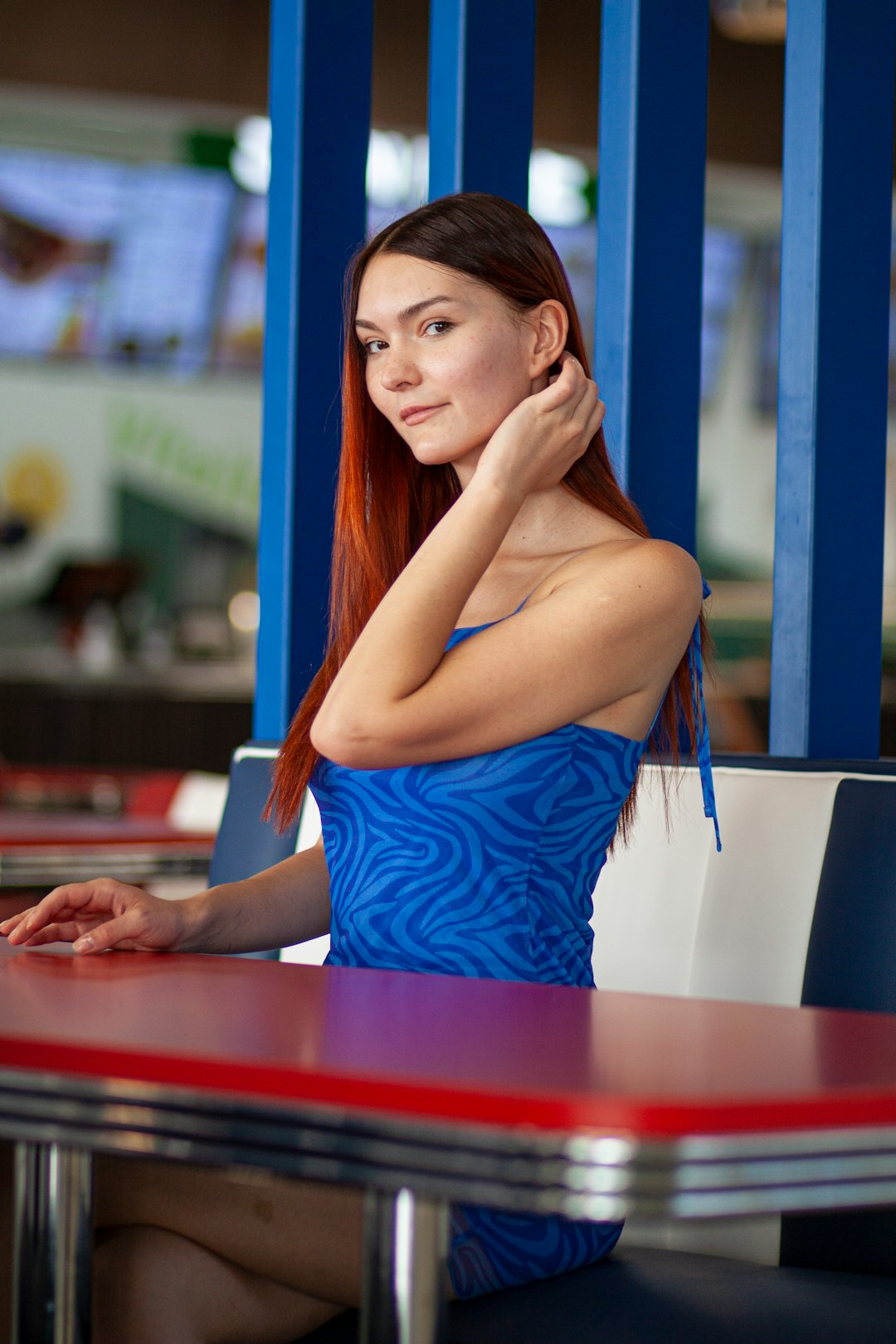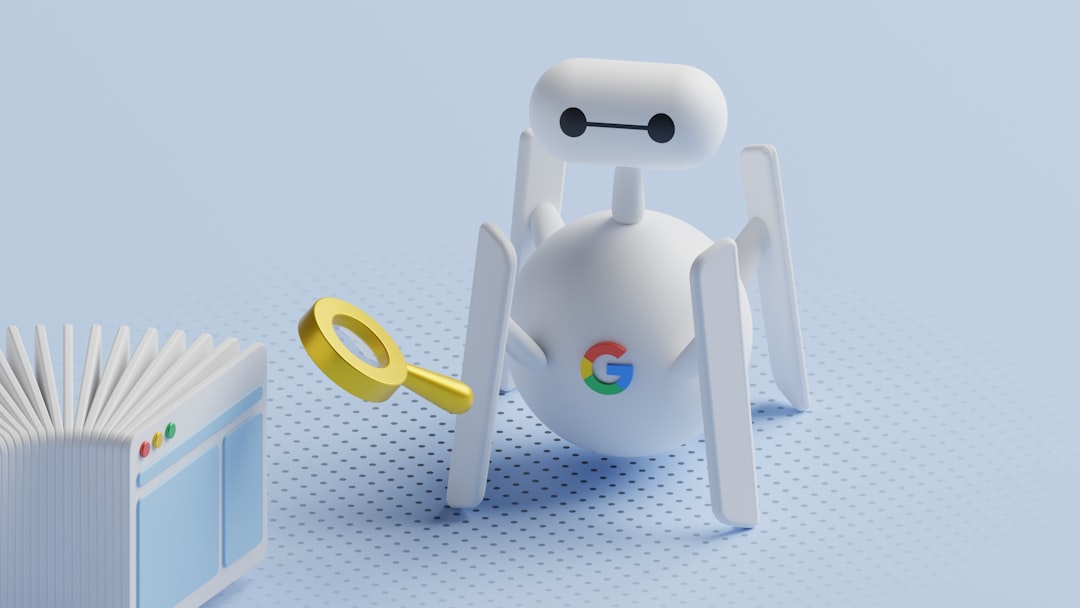In recent years, artificial intelligence (AI) has revolutionized nearly every industry, and graphic design is no exception. Whether you’re a complete beginner or a seasoned professional, AI-powered graphic design tools can streamline your workflow, spark creativity, and drastically reduce the time and effort needed to create eye-catching visuals.
What Are AI-Powered Graphic Design Tools?
AI-powered graphic design tools are software applications that use machine learning algorithms to simplify and enhance the design process. These tools can generate layouts, suggest design elements, automate photo editing, and even create complete visuals with little to no input from the user. They’re designed to help both amateurs and experienced designers work smarter, not harder.
From logo design to social media graphics, these tools cover a wide range of functions that traditionally required extensive design experience or expensive design software.
Benefits of Using AI in Graphic Design
Implementing AI into your graphic design process offers numerous advantages:
- Speed: Instantly generate designs, logos, or templates with just a few inputs.
- Accessibility: No need for years of design experience or costly software licenses.
- Personalization: Many tools can analyze your preferences and adapt the style accordingly.
- Consistency: Ensure brand coherence by automating repetitive design elements.
- Inspiration: AI can quickly offer a variety of design options to jumpstart your creativity.

Top AI-Powered Graphic Design Tools to Explore
There are many AI tools available today designed to make designing easier and more efficient. Here are some of the most popular ones, along with their key features:
1. Canva
Canva integrates AI features like Magic Design and background removal. With an intuitive interface and thousands of templates, it’s ideal for beginners and pros looking for quick yet professional designs. Especially useful for social media graphics, poster designs, and presentations.
2. Adobe Firefly
Adobe’s leap into generative AI, Firefly, allows users to describe what they want to see, from textures to backgrounds, and Firefly brings them to life using natural language prompts. It’s perfect for creative professionals within the larger Adobe ecosystem.
3. Looka
This AI tool specializes in logo creation. You input your brand name, select a few styles, and Looka automatically generates multiple logo options for you to customize and download.
4. Designs.ai
A suite of tools powered by AI that includes a logo maker, video maker, and more. Designs.ai is great for marketers and entrepreneurs needing fast, consistent branding across multiple platforms.
5. Fotor
Fotor includes powerful AI photo editing features such as automatic background removal, skin retouching, and AI image generation. It’s an excellent tool for high-quality visuals with minimal manual effort.
How to Start Using AI-Powered Design Tools: A Step-by-Step Guide
Jumping into the AI design world doesn’t have to be overwhelming. Here’s a simple breakdown of how beginners and professionals alike can get started:
Step 1: Identify Your Needs
Are you designing a logo, a poster, or a social media graphic? Choose your AI tool based on your end goal. A business owner may prioritize branding elements while a content creator might focus on Instagram visuals or YouTube thumbnails.
Step 2: Choose the Right Tool
Explore free or trial versions first. Tools like Canva and Fotor offer freemium models that are great for testing the waters. Read reviews and compare features that cater to your specific use case.
Step 3: Input Your Preferences
Most AI tools will ask you to input basic information such as project style, color preferences, or industry. The AI uses this to generate tailored results. Don’t hesitate to experiment to see how changing these elements affects the output.
Step 4: Customize
While AI offers a great starting point, you can and should tweak elements to suit your vision. Change fonts, adjust spacing, alter layouts, and remix color schemes to add your personal touch.

Step 5: Export and Use
Once satisfied, export your design in a high-resolution format suitable for your platform – be it print, web, or video.
Tips for Getting the Most Out of AI Graphic Design Tools
- Experiment Frequently: AI tools evolve rapidly. Regular experimentation will keep you ahead of the curve.
- Don’t Rely Solely on AI: These tools are great assistants, but the best results combine AI efficiency with human creativity.
- Use Brand Kits: Many platforms allow you to upload your logos, fonts, and color schemes to maintain consistency in every design.
- Stay Organized: Make use of folders and project templates to manage multiple projects efficiently.
- Stay Updated: Developers often release new AI features — subscribing to newsletters or following blogs can keep you in the loop.
Professional Use Cases of AI in Graphic Design
AI isn’t just a helping hand for beginners — professionals are integrating it into their design pipelines for various advanced tasks:
- Rapid Prototyping: Designers can quickly mock up concepts for client approvals, saving hours of manual work.
- Enhanced Photo Editing: AI can remove backgrounds, add shadows, and upscale images in seconds, improving overall production value.
- Content Personalization: AI tools like Adobe Sensei can analyze user data to generate personalized promotional materials.
- Template Generation: Agencies can use AI to create adaptable templates that reduce the repetitive workload of designing from scratch for every client.
Challenges and Limitations
Despite their many advantages, AI-powered design tools aren’t perfect. Here are some common limitations:
- Lack of Nuance: AI-generated designs may lack the subtlety and emotion that come from human intuition.
- Generic Outputs: Some results may look too similar to templates or lack uniqueness, especially if overused.
- Learning Curve: While these tools are beginner-friendly, mastering features for professional-level refinement takes time.
- Copyright Issues: Designs made using AI-generated assets must be checked for commercial licensing and originality.
By understanding these limitations, users can develop a more balanced and effective workflow that combines the strengths of AI with the irreplaceable human touch.
The Future of AI in Graphic Design
AI continues to grow smarter, more intuitive, and more integrated into design software. Future innovations could include:
- Real-time collaboration with AI as a design assistant.
- Emotion-aware designs that adapt to user sentiment data.
- Fully voice-activated design processes using natural language AI.
- Dynamic assets that auto-adjust based on user engagement and preferences.
As these advancements unfold, designers who adopt and adapt AI in their workflows will gain a significant competitive edge — both in terms of creativity and productivity.

Conclusion
AI-powered graphic design tools have transformed the way we approach visual creativity. From easing the entry for beginners to optimizing workflows for professionals, these tools democratize design in powerful new ways. By embracing the opportunities AI presents, and coupling them with human creativity, you can produce stunning, effective visuals that stand out in any medium.
Whether you’re just starting or looking to elevate your current design game, now is the perfect time to explore and experiment with AI in graphic design. The future is not just bright — it’s beautifully designed by AI and you.



